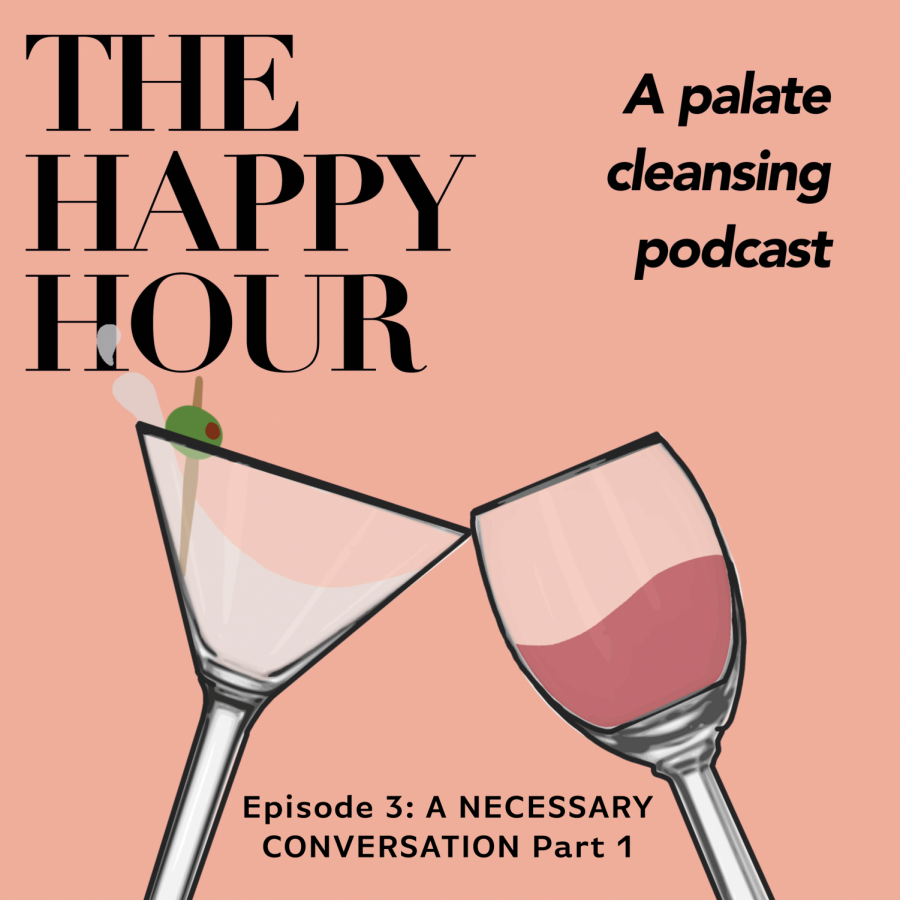By Lulu Orozco
The opening celebration of the historic American Indian occupation exhibit “We Are Still Here” echoed through the walls of Alcatraz Island, where occupation veterans, historians and university alumni gathered to give visibility to all native people April 28.
“A lot of people just see it as this distinct 19-month occupation of Alcatraz. What they don’t understand, and hopefully the exhibit will help with this, is that it really sparked the Red Power movement,” said Philip M. Klasky, exhibit curator and American Indian studies professor at SF State.
The 1969-71 occupation of Alcatraz helped shed light on American Indian rights issues, and helped gain national and international attention to the plight of American Indians, eventually leading to legislation that resulted in the return of hundreds of thousands of acres of ancestral lands to Native American tribes.
The occupation succeeded when the federal government adopted a policy to end termination and adopted a new policy of Indian self-determination.
“This exhibit is going to allow us to tell our story behind it. It’s going to allow us to express ourselves in a way that America hasn’t heard our voice,” Frankie Rivera, member of the Navajo tribe, said. “It’s going to give to a lot of tribes that have lost their ways and touch with their own culture, because of assimilation, lack of the language.”
The multimedia gallery of work is housed in a small brick case from the Civil War era and is big enough to hold 20 people at a time; the exhibit includes photography and art, Native American poetry, an “audioscape” of native leaders and occupation veterans, and video collages of archival footage of the occupation.
In 2010, Park Ranger Craig Glassner from Golden Gate National Recreation Area was invited to see the “We Are Still Here” exhibit at the Cesar Chavez Student Center Art Gallery at SF State, where it stayed for just one month.
The following year it landed in a revolving exhibit on the Island for six months, though a permanent space had not yet been found. The exhibit would eventually find a permanent home on Alcatraz.
“A while back I got an invitation to see an exhibit at San Francisco State, it was just getting ready to close. When I saw the exhibit, I thought it really deserved to have a home here at Alcatraz,” Glassner said.
A permanent home not only because of what it meant back then, but what it continues to represent for all indigenous peoples.
“A lot of native kids don’t know the history of Alcatraz, they know a little bit about it, but they don’t know why we did it, and the reasons that we did it, and how it changed everything, how it started a whole new way of looking at yourself as an indigenous person,” said Michael Horse, member of the Yaqui/Mescalero Apache tribe, who came to the Island during the occupation when he was 19 years old.
Mariah Cruz, a criminal justice and American Indian studies major, keeps Richard Oakes legacy alive by studying the Alcatraz occupation at SF State.
“It’s always amazing to see what we study in school be applied to real life. I’ve been studying about the occupation of Alcatraz for over two years now,” Cruz said. “I’ve written countless papers and I know so many facts and dates about the event, but to actually meet those who were there and were protesting for the rights of American Indian people is truthfully amazing.”
Richard Oakes, member of the Mohawk tribe, a former SF State student and Alcatraz occupation leader helped to create one of the first Native American studies departments in the nation. While the struggle to reclaim sovereignty continued, the power of an American Indian studies education grew stronger.
Occupation Veteran Eloy Martinez, member of the Southern Ute tribe, caught the attention of the crowd when he said if they would try to do now, what they did then, they would get arrested for terrorism.
“All you young adults, don’t let anyone tell you ‘you can’t do it.’ You can do it,” Martinez said.
Enlightening the young, which came after the occupation, seemed to be the most powerful takeaway from the event.
“When Richard jumped into the water it was education, it’s all about the next step, it’s bringing your history with you,” said Betty Parent, professor Emeritus of the American Indian studies department at SF State. “If we don’t do that, then we will become invisible.”








Ramona Blackman • May 7, 2013 at 9:23 am
I was there during this time, we had a big feed over there. we rode on a ferry that was donated by Creedance Clearwater. At the time I was going to school in San Francisco, my friends and I went over and spend two nights, we slept in a prison cell. Now these are just memories, but it is one I will never forget. I was on what they call relocation, I was there for over a year, all by myself, was scared at first, but met many Natives from all over down there. I am a member of the Blackfeet Tribe, here in Montana. In fact I have relatives that still live in San Francisco bay area and the Oakland area. In fact I have a relative in the water walk today In California, Aurora Mamea, participates working with the native cultural in Oakland!!!